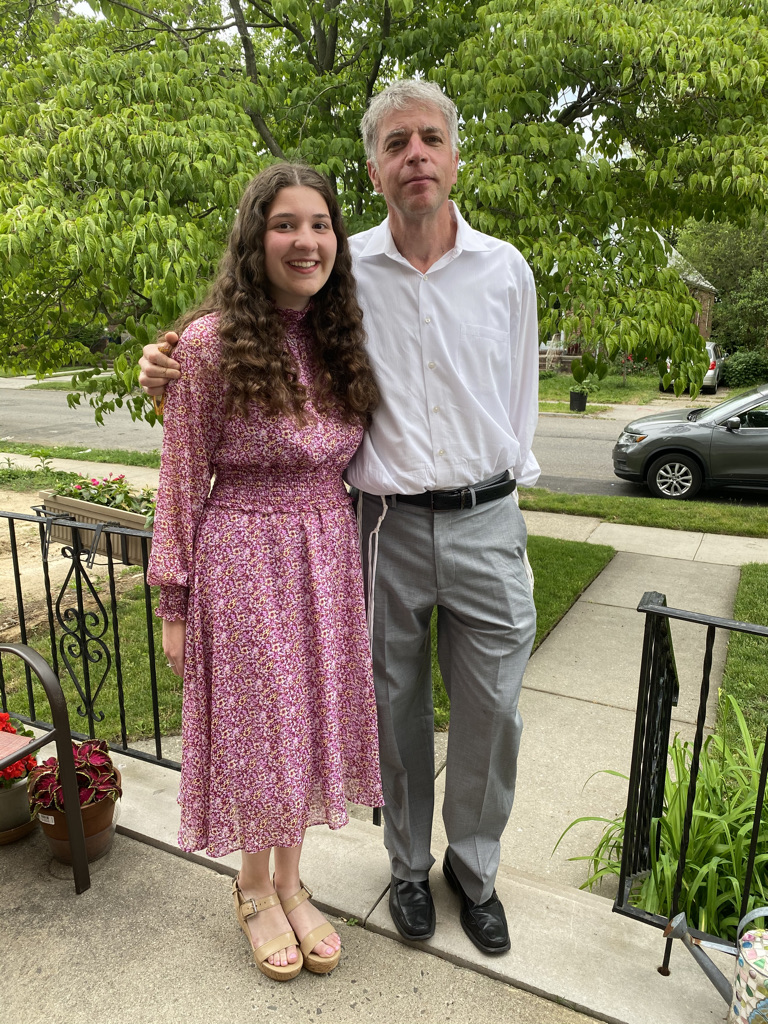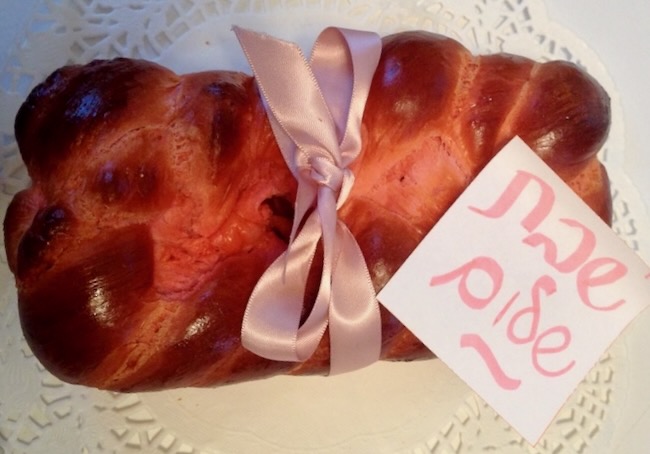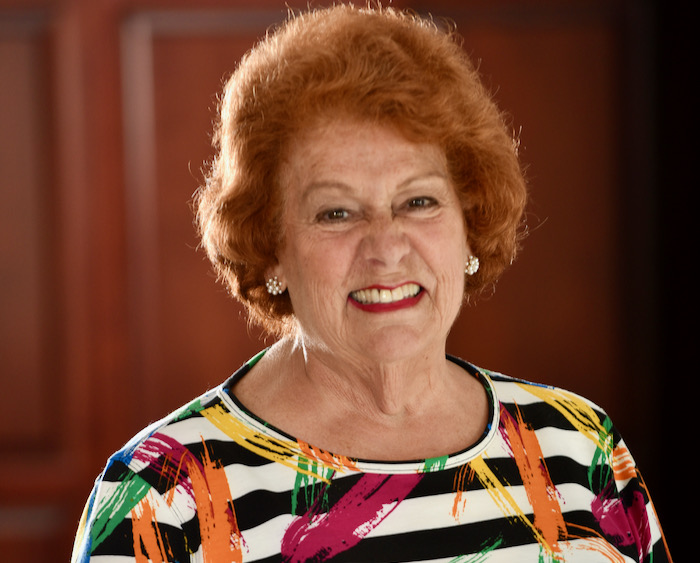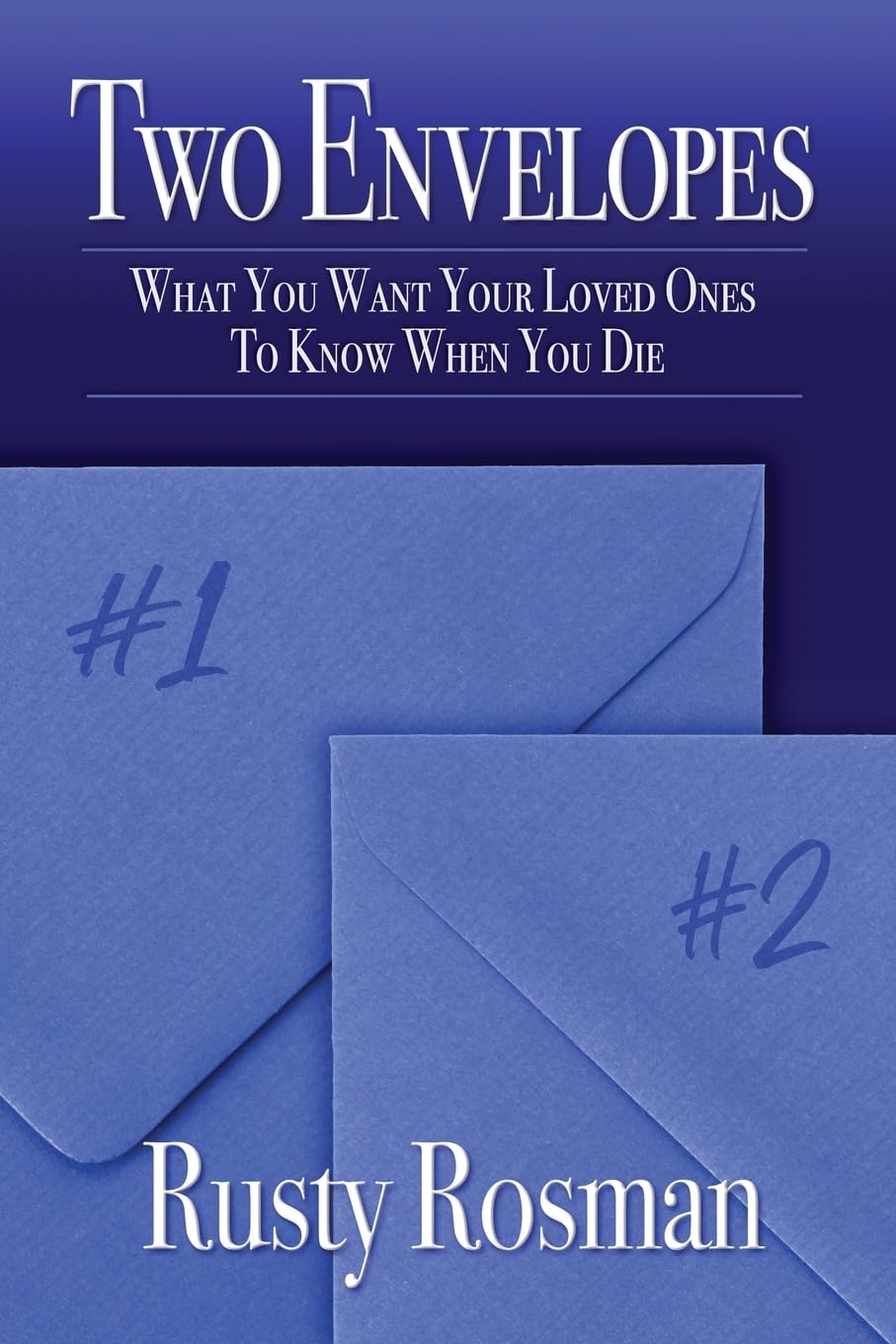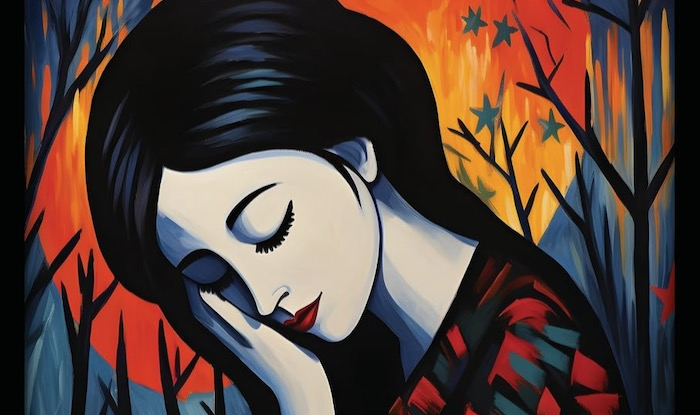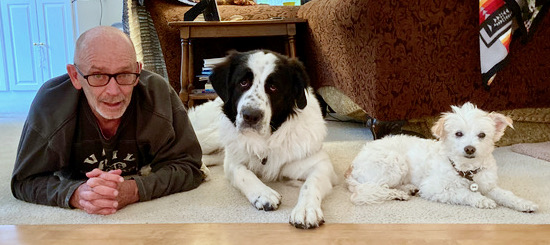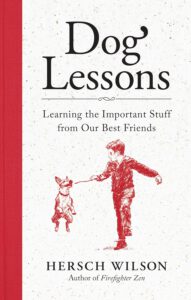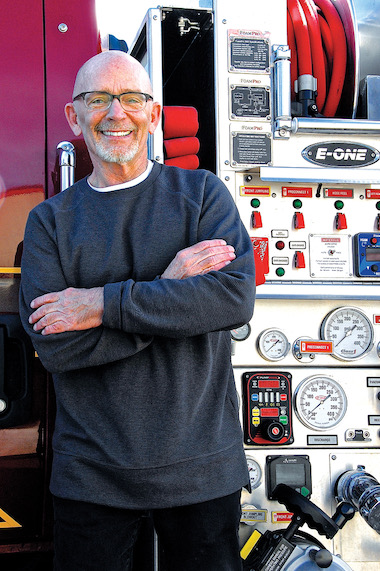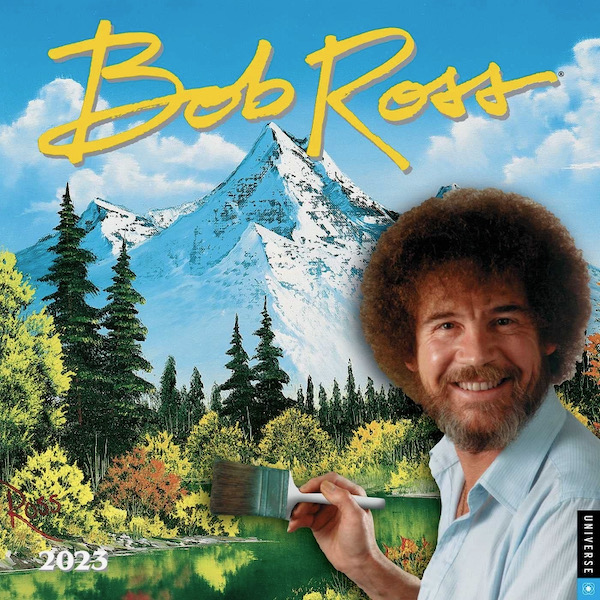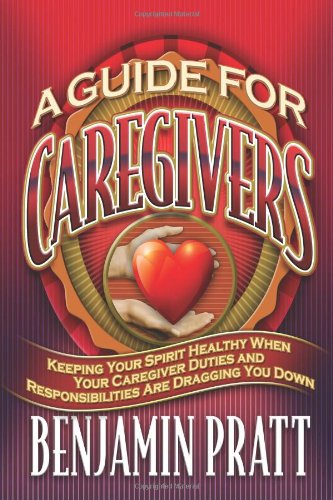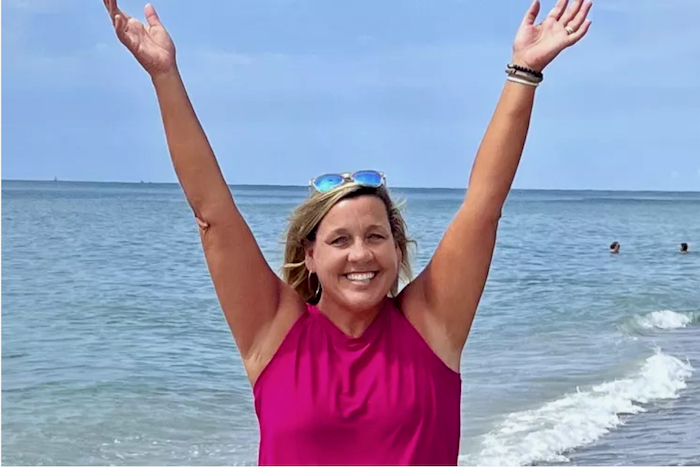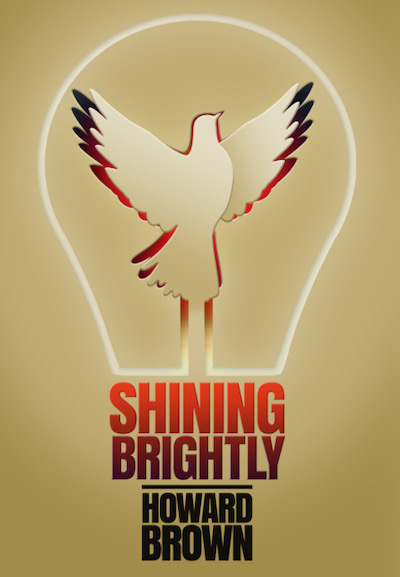… one day, the answer to those prayers arrives
By Howard Brown
Author of Shining Brightly
Most of us pray—Pew Research says nearly 80 percent of us do. More than half of us pray every day for ourselves, friends and loved ones.
But not as many pray every day for strangers—and keep doing so for years and years. I admire the strength of that kind of selfless faith. Prayers—my own and the prayers of friends and loved ones—have been a pillar of strength for me when I needed it most, as I explain in my memoir Shining Brightly. Twice in my life I have survived long-shot struggles with advanced stage IV cancer—and I tell everyone that my personal fortitude was only one part of that successful formula. It takes a community to beat cancer.
Since that book was published, I continue to be surprised by the inspiring stories of prayer that friends and readers share with me—but I have never experienced a story like this one about dedicated, long-haul prayer for a stranger.
This happened in a small Jewish congregation: Hillcrest Jewish Center, which serves families in a Queens neighborhood just a couple of miles north of JFK Airport. I was visiting recently from Michigan for the bat mitzvah of Alexa Solomon, the daughter of my first cousin Michelle—who appears in my memoir in a nostalgic story about our annual visits as kids to a resort in the Catskills, hosted by our grandparents.
On that recent weekend in Queens, though, we had become the adult heads of the extended family. We gathered because we all are so proud of Alexa’s decision to become part of the next generation stepping formally into the Jewish community. Perhaps because I had traveled so far for this moment, I was honored with an aliyah, which literally means “being called up.” In this case, I was called to help bring out the Torah scroll for Alexa’s bat mitzvah reading. So, I stepped up quietly to stand beside Hillcrest’s Rabbi Manes Kogan near the ark.
We politely smiled. I looked carefully for any sign of recognition, then said to him, “You don’t remember me.”
I realized that he could not place my face.
“I understand. I look very different today,” I whispered. “Howard Brown.”
Still, he could not summon a memory.
Then I gave him my Hebrew name: “I’m Herschel Tzvi ben Nessa Tiba.” That’s the traditional form of my name: a Hebrew rendering of Howard Scott and then “son of Nancy Tina,” my mother’s name.
We were just about to lift the Torah from the ark—but my Hebrew name stopped Rabbi Kogan in his tracks.
He was visibly stunned.
For the last eight years, since the start of my second battle with stage IV colon cancer, my uncle Les Sufrin (Michelle’s father and Alexa’s grandfather) has been part of a daily minyan, a prayer group. Every day, Uncle Les has said the Mi Sheberach, the Jewish prayer for the sick—for me by my Hebrew name.
Every day in that minyan, I had been lifted up.
I was pretty much a stranger to everyone else in that congregation, yet Les continued lifting up my name for so long that, now, I could see how deeply the sound of my Hebrew name affected the rabbi.
“I am sorry I did not recognize you,” the rabbi said, his voice filled with emotion.
“Yes, I’m Herschel Tzvi.”
“Herschel Tzvi,” the rabbi said with emotion, “we have been praying for you for so long—for so long.”
Then, before he continued with the service, the rabbi paused, placed his hand on my head and said a special Berakhah, a blessing, for my health. This was unfolding so quietly that the rest of the congregation had no idea what was happening in front of the ark—except that the two of us clearly were filled with emotion.
Then, the bat mitzvah proceeded and everyone was eager to celebrate with Alexa, snap photos and greet each other. I introduced Rabbi Kogan to my twin sister CJ—and for his part Rabbi Kogan wanted me to meet his daughter Abigail, a college student studying nursing.
But Abigail brought her own shock!
The rabbi pointed toward me and began, “Abigail, this is Herschel Tzvi—”
And before he could say another word, Abigail said: “—ben Nessa Tiba.”
That stunned me. This young woman knew my whole Hebrew name by heart. I explained that it was no surprise that the rabbi had not recognized me from an earlier visit in the midst of my battle with cancer. At that time, I had been ravaged by chemotherapy.
Then, Abigail told her story: For many years, she has baked loaves of challah bread that she distributes for Shabbat each week as a part of her own service to the community. In fact, she had just produced dozens of loaves of special pink-colored challah as a reminder of Breast Cancer Awareness—so she was very much aware of the millions of families who are wrestling with cancer. Abigail told me about a tradition of praying for people who need healing especially during the time the unbaked Shabbat dough is proofing to become full loaves—in other words, praying while watching the timeless wonder of yeast making these loaves rise up.
This young woman had extended her compassionate service, each week, to using that time of proofing the loaves to pray through a long list of people in need of healing—including me!
Every week.
Each time the dough was rising, my name rose from her lips.
“And now Herschel Tzvi ben Nessa Tiba has arrived,” Abigail marveled. “He’s standing with us.”
As tears flowed, Abigail told me, “This is the first time I’ve ever seen you Herschel Tzvi. But I kept praying for you. You were always on my list. Incredible!”
“The power of prayer,” the rabbi said.
And what does that phrase mean to me?
Through prayer, God calls us to the best of ourselves: Me, as a cancer patient—plus my doctors, nurses, therapists, my wife Lisa, our daughter Emily, my parents, the countless friends who encouraged and helped us, my Uncle Les as he went to the minyan every day, Rabbi Kogan, Abigail—and now even Alexa, as well, who saw this story unfold at her bat mitzvah.
Over the years, people have called me a miracle man for beating such astronomical odds twice, but I would never presume to claim that God reached down and chose me for such a miracle. Each day, God is watching over all of us and can help us to find the strength to survive each new day together. That’s the true power we need to summon after a cancer diagnosis—to strengthen all of us for the months of agony that we know are coming before we ever will get to glimpse the good news of recovery. And, in the end, I can tell you: It is the truly long-haul caregivers—including long-haul pray-ers like the people in this little congregation in Queens—who helped me to tenaciously cling to life, even on days when I did not think I could make it.
Now, and for years to come, I will be retelling the story of those faithful folks at Hillcrest whose little lights, which they held up in the form of daily prayer—year after year after year—wound up Shining Brightly. And, for me, that’s truly the power of prayer made visible in our world today.
Care to enjoy the rest of the story?
Howard Brown’s memoir, Shining Brightly, is available in hardcover, paperback and Kindle versions.
Visit Howard’s website for more inspiring stories, including his weekly Shining Brightly podcasts, which have reached more than 100,000 people across North America.

